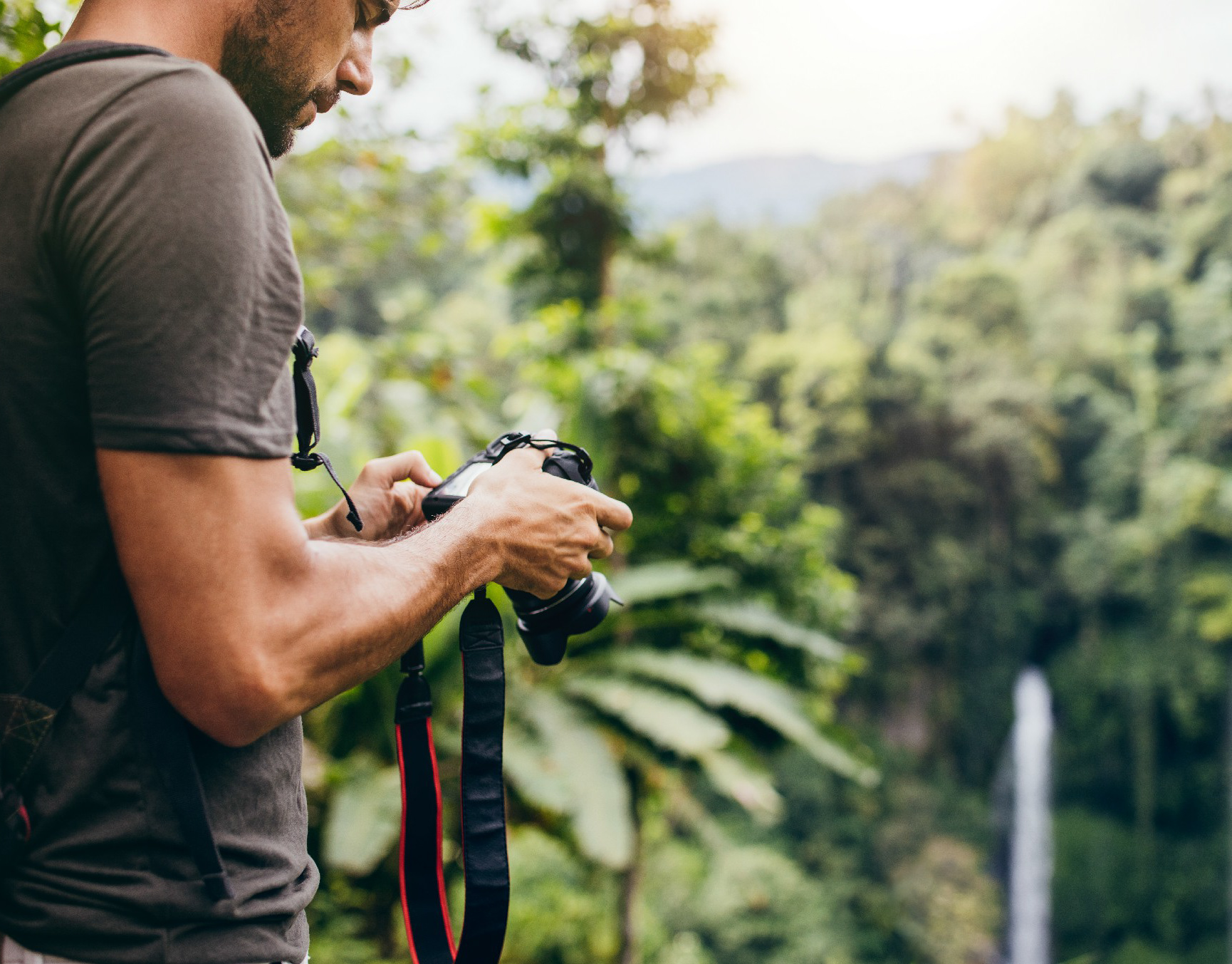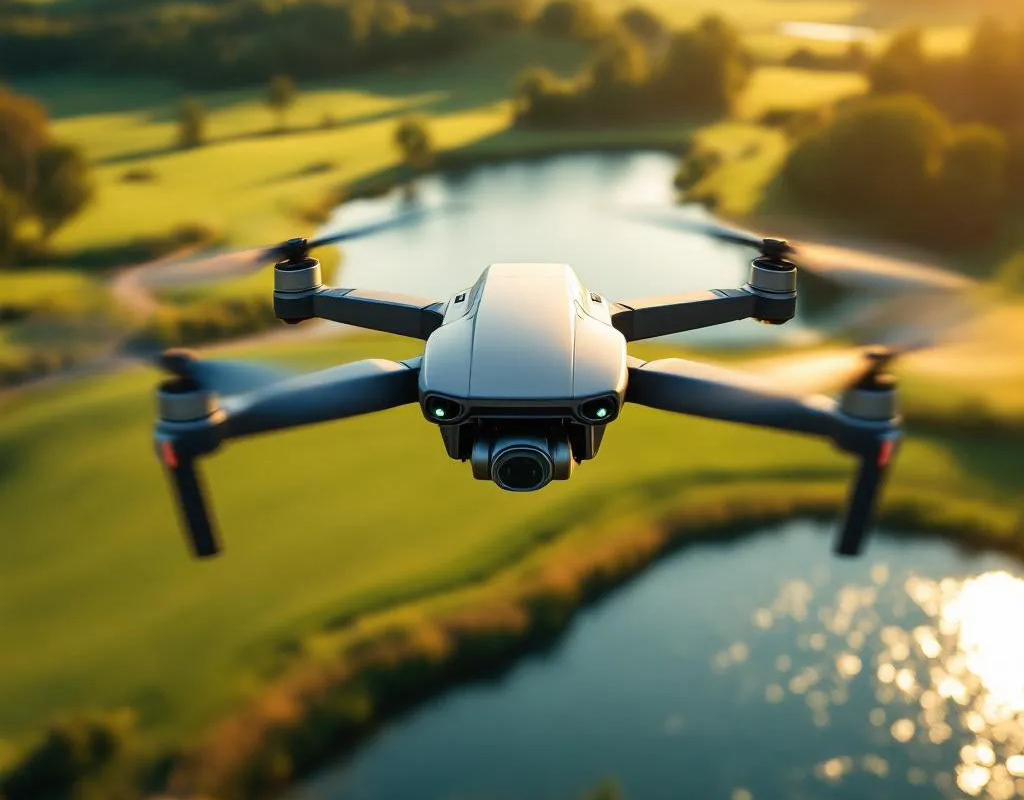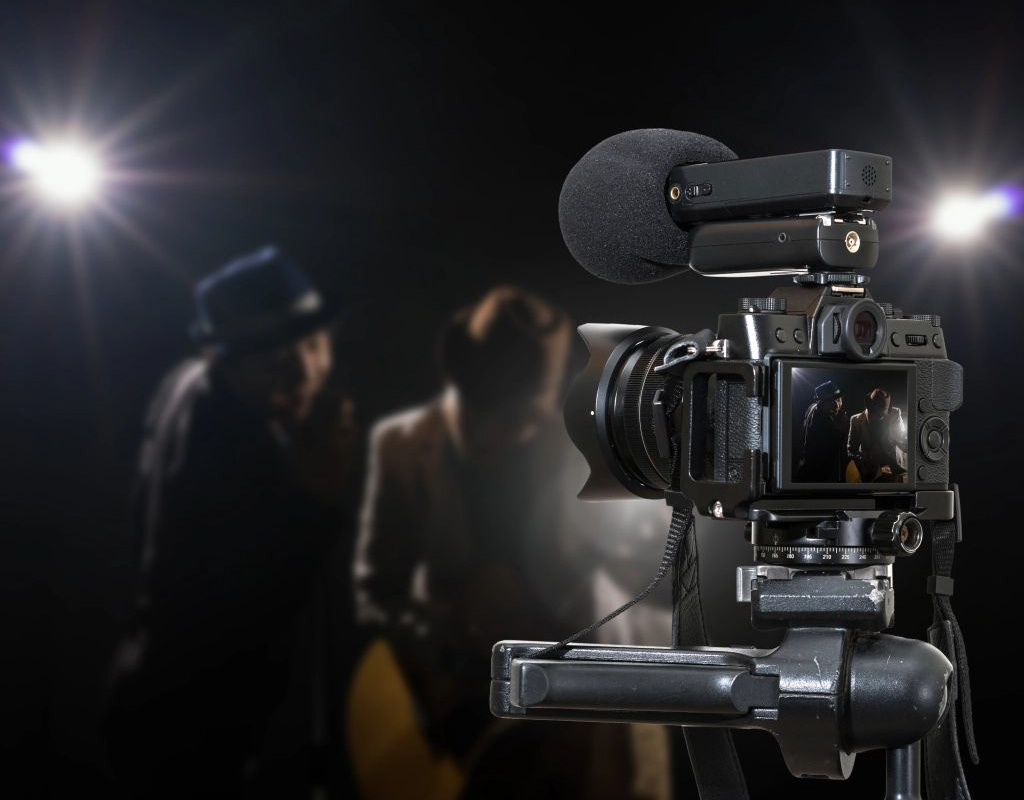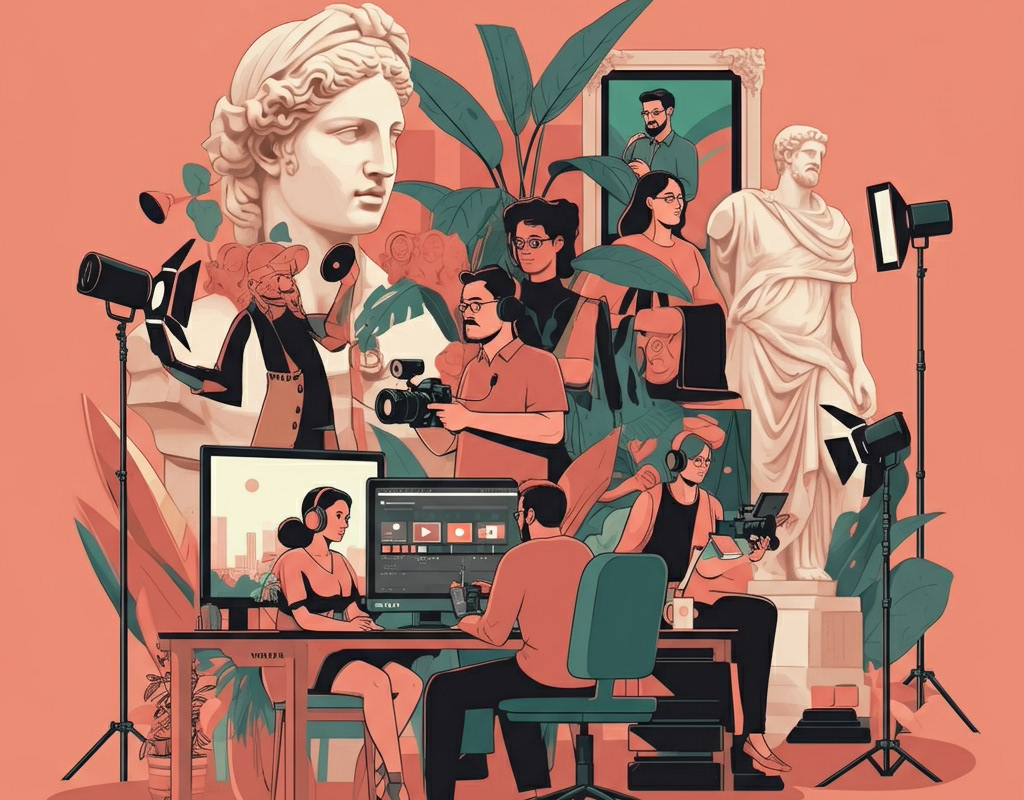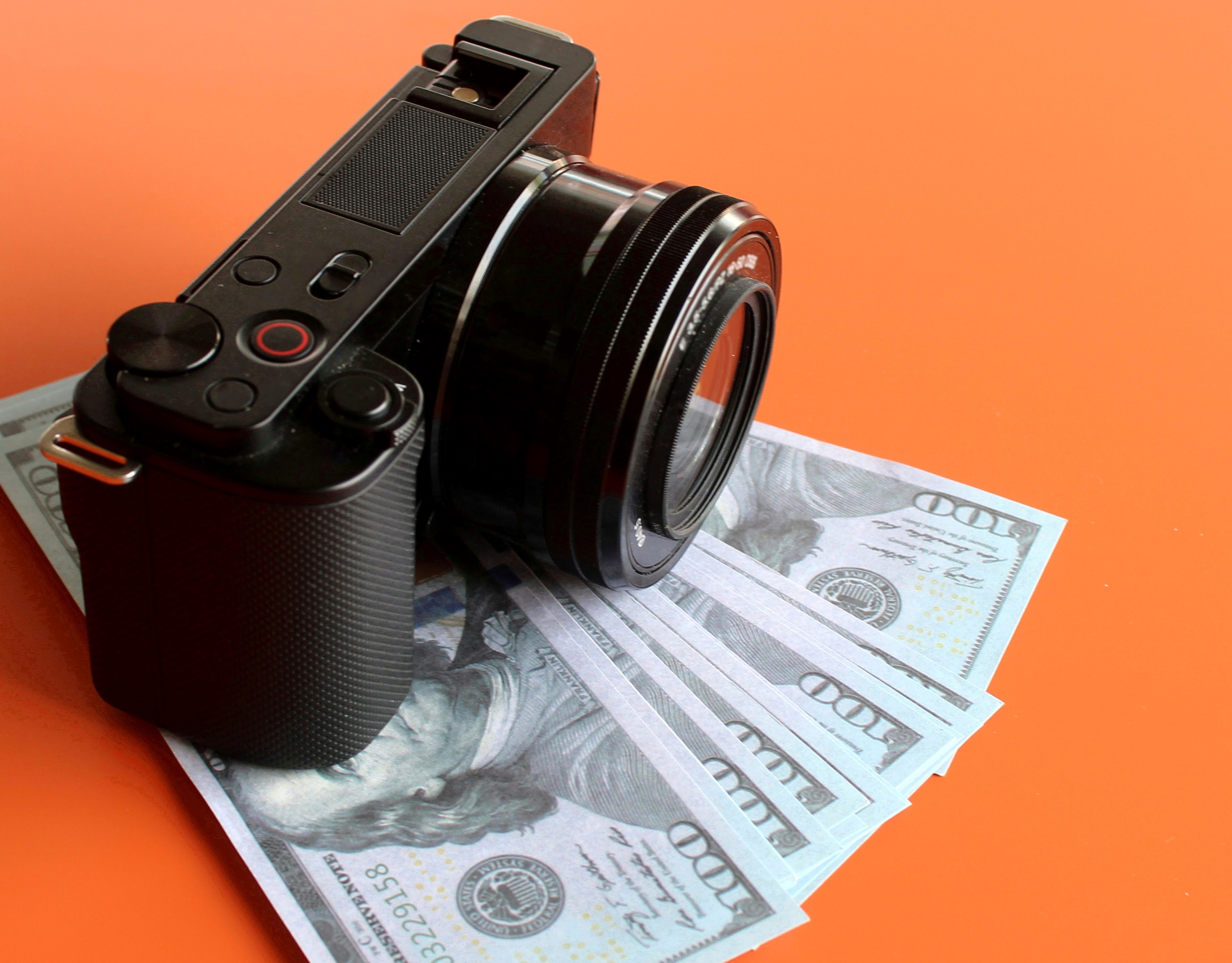Think of it like going to the tailor. You don’t show up with zero idea of what suit you want. Same goes for video. You don’t need a full storyboard, but these 3 simple things can make all the difference.
1. Know Your “Why”
Ask yourself: Why do I need this video?
Are you trying to build awareness? Drive sales? Educate your audience?
Are you trying to build awareness? Drive sales? Educate your audience?
We once worked with a non-profit that wanted to "show their impact." When we asked what success looked like, they said: “We want donors to feel something.” That changed everything. We focused on storytelling, not stats. And their donations tripled after launch.
Your “why” sets the direction for everything else—from the tone and visuals to where the video will live (social media? your website? a live event?).
Quick Tip: Write a sentence like, “We want this video to help [audience] do/feel/understand [X].”
2. Gather Examples (of What You Like—Or Hate)
You don’t have to speak in camera terms or editing styles. Just show us what you like.
It could be a video you saw on YouTube, an Instagram reel, or even a TV ad that felt right. This helps us understand your taste, your brand energy, and what to avoid.
It could be a video you saw on YouTube, an Instagram reel, or even a TV ad that felt right. This helps us understand your taste, your brand energy, and what to avoid.
One client showed us a competitor’s video and said, “Please, not like this.” It was over-produced and stiff. That feedback led us to a relaxed, interview-style approach that hit home with their audience.
Pro move: Collect 2–3 references and note what you like (or dislike) about each.
3. Assign a Point Person
This may sound small, but it’s huge: choose one person on your team to lead the project and be the main voice.
We’ve seen projects stall because five people gave five different sets of feedback. One client had a great in-house comms lead who kept things flowing—from scripts to final approvals. It kept timelines tight and everyone happy.
So, before the kickoff meeting, decide: Who’s making decisions? Who’s giving feedback? That clarity saves time (and cost).
The Value of Being Prepared
When you show up prepared, you get more than just a videographer—you get a creative partner. Someone who can help shape ideas, not just shoot them. A team that doesn’t just take notes—but thinks with you.
We’re here to collaborate. But great collaboration starts with a little prep. The clearer your vision, the stronger your outcome.
TL;DR:
Before meeting your videographer, be clear about your goal, gather references (even bad ones!), and assign one point person. A little homework upfront helps us create a video that actually works for you—and gets you results.
Let’s make it happen.
adVirtus Creative Works publishes these articles to assist prospective clients and the creative circle in making informed decisions. Based in Ipoh, Perak, and serving all of Malaysia—especially Kuala Lumpur, Selangor, and Penang—we specialize in corporate and branding videos, documentaries, and digital content strategy.






